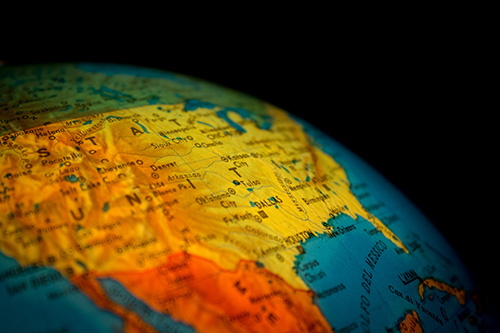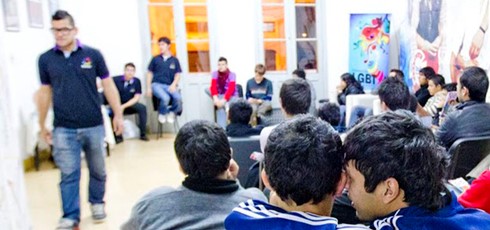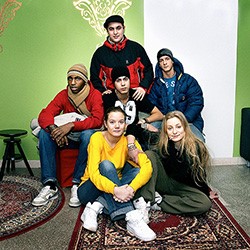Statistics: United States

© creativecommonsstockphotos
- Nearly 1.2 million people in the United States are living with HIV, and about 14% of those don’t know they are infected.
- Of the U.S. population living with HIV, just over half are virally suppressed.
- There were 37,968 new HIV diagnoses in 2018.
- In 2017, Southern states accounted for more than half of new HIV diagnoses in the U.S., despite making up just 38% of the overall U.S. population.
- African Americans accounted for 42% of HIV diagnoses in 2018, although they comprise only 13% of the population.
- There were 17,032 people diagnosed with AIDS in 2018.
- In 2018, there were 15,820 deaths among people with diagnosed HIV in the United States and 6 dependent areas. These deaths may be due to any cause.

Gay and Bisexual Men
- In 2018, gay and bisexual men accounted for 86% of HIV diagnoses among males, although they comprise only 4% of the U.S. male population.
- At the end of 2016, an estimated 707,100 gay and bisexual men were living with HIV. About 17% of them were unaware of their infection.
- African American gay and bisexual men account for the largest number of HIV diagnoses.
- Gay and bisexual men aged 13 to 34 accounted for 64% of new diagnoses among all gay and bisexual men in 2017.

HIV in Women
- Approximately 23% of people living with HIV in the United States are women. About one in nine of them are unaware of their status.
- Adult and adolescent women accounted for 19% of new HIV diagnoses in 2018. Of these, 85% were attributed to heterosexual sex and 15% to injection drug use.
- The number of annual HIV diagnoses in women declined 23% from 2010 to 2017. New HIV diagnoses declined 27% among African-American women and 23% among Latinas, but remained stable among white women. New HIV diagnoses declined among women of all ages except in those over 55; in that age group the rate of new diagnoses remained stable.
- Among all women diagnosed with HIV in 2018, 57% were African American, 21% were white, and 18% were Hispanic/Latina.

HIV in Young People
- Youth aged 13 to 24 accounted for more than 1 in 5 new HIV diagnoses in 2018.
- Young men accounted for 87% of new HIV diagnoses among youth in 2018; young women for 13%. About 92% of young men acquired HIV through male-to-male sexual contact; about 85% of young women acquired HIV through heterosexual contact.
- Among people aged 13-24, an estimated 44% of those living with HIV at the end of 2016 didn’t know they were infected.
- Youth with HIV are the least likely of any age group to be linked to care in a timely manner and have a suppressed viral load. Only 30% of youth living with HIV in 2016 were virally suppressed.
Sources:
U.S. Centers for Disease Control and Prevention: Statistics Overview
U.S. Centers for Disease Control and Prevention: HIV in the United States: At a Glance
U.S. Centers for Disease Control and Prevention: HIV in the United States by Geography
U.S. Centers for Disease Control and Prevention: HIV Among Gay and Bisexual Men
U.S. Centers for Disease Control and Prevention: HIV Among Women
U.S. Centers for Disease Control and Prevention: HIV Among Hispanics/Latinos
U.S. Centers for Disease Control and Prevention: HIV Among African Americans
U.S. Centers for Disease Control and Prevention: HIV Among Youth
U.S. Census Bureau United States Population Growth by Region
(Last updated: June 2020)